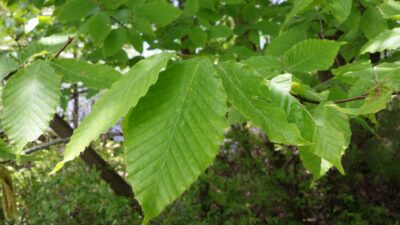
Last month, researchers at the University of Stirling and Science and Advice for Scottish Agriculture (SASA) finally put the long-running debate regarding the origins of the beech trees to rest. The team reviewed the DNA of more than 800 beech trees in Great Britain, comparing 42 regional locations with other trees found on mainland Europe.
The verdict? Nearly all of the beeches found in Great Britain must have derived from native populations, and therefore, were not planted from abroad. In fact, the researchers discovered beech trees should also be attributed to Scotland, despite the fact they have often been deemed ‘not native’ by many Scottish land managers.
Dr. Jennifer Sjölund, of SASA, described the findings as follows: “This tree can colonise ancient woodland in Scotland, and is sometimes removed because it poses a threat to the persistence of other native species. Our study shows that beech should be considered native throughout Great Britain, including Scotland.”
In terms of the deeper implications of this study, Dr. Sjölund later explained the importance of looking at the “identity” and “distinctness” of native Scottish forests, “which historically haven’t featured the beech tree.” Furthermore, the findings call into question how experts should define native species, as well as how natural processes should be interpreted when considering how to oversee woodland management.
The research, which was published in the Journal of Biogeography, is entitled ‘Understanding the legacy of widespread population translocations on the post-glacial genetic structure of the European beech.” For more information, the full abstract of the study can be found here.

